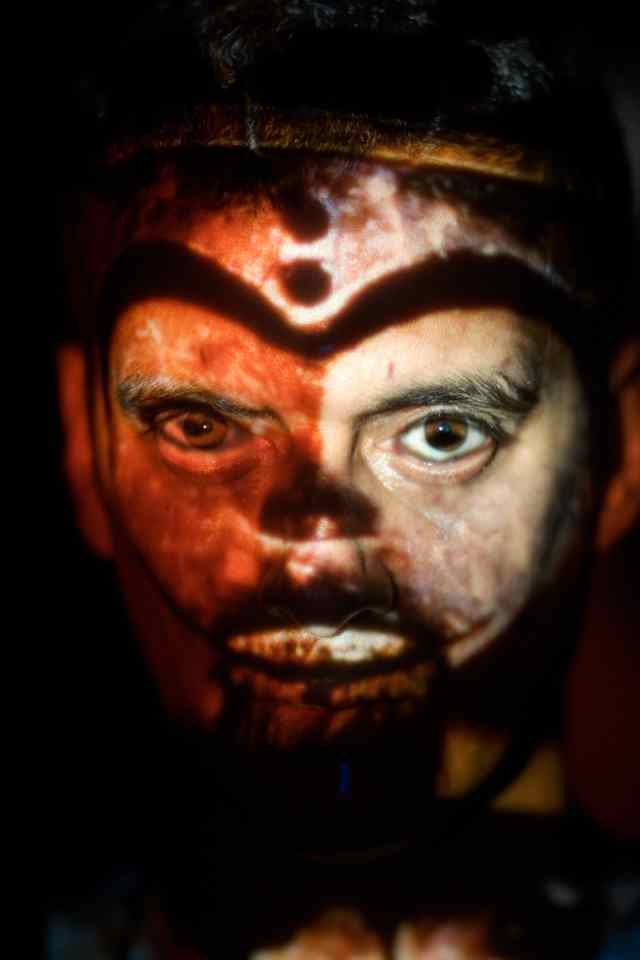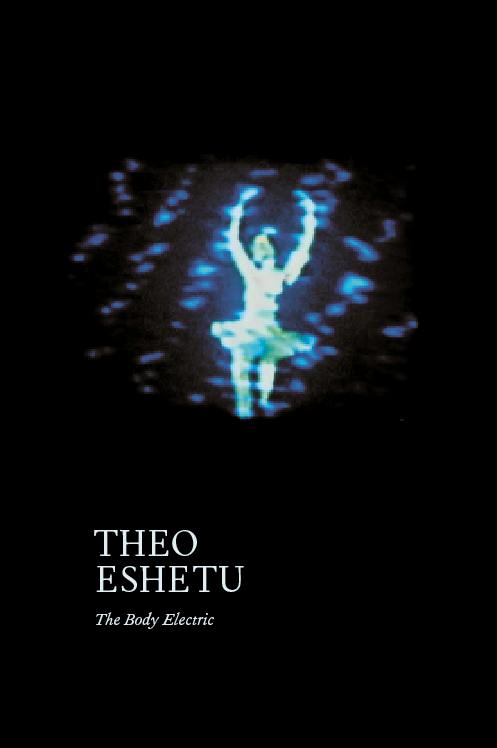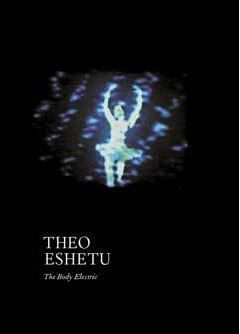Egypt / Italy, Visual Arts, 2012
Theo
Eshetu

In his video installations, Theo Eshetu brings together his particular grappling with the formal grammatics of moving images (i.e., those of television) with themes from anthropology, such as the meaning and representation of rituals, symbols, and myths. Born in 1958, as the son of a Dutch mother and Ethiopian father in London, he lived for a long time in Ethiopia until he moved to Rome in 1982—his roots form a significant point of his work in which he often refers to a complicated network of cultures.
In the early work, Till Death Us Do Part. Rites des Passages (1984) Eshetu not only questions the content but also the formal means of reflected and multiple images of this cultural hybridity. In a similar manner, the later work Brave New World achieves a visual zenith via a kaleidoscope effect of global views and a mirrored box that creates a globe out of the flood of images while the viewer sees themselves endlessly reflected. Here the self meets the performed spectacle. The collision of opposites and their harmonious connections are a central motive of Eshetu’s visual vocabulary.
Trip to Mount Zuqualla (2005) depicts, for example, in a complex three-channel projection a pilgrimage to Mount Zuqualla, a holy site for both Ethiopian Christians and Animists. With just one look, between respectful distance and intimacy, Eshetu depicts the religious ceremonies of both parties, whose high point generates the celebration of the coming together. The soundtrack composed of hip-hop, religious songs and a Bach symphony underlines the differences and similarities of both pilgrim groups.
Even Eshetu’s most elaborate video installation, The Return of the Axum Obelisk (2009), illustrates the connection between content and form. On 15 monitors, he shows how the obelisque of Axum is brought back to Ethiopia 70 years after Mussolini confiscated it. For the occasion, he created a monumental work, whose minute technical complexity honors the quality engineering of the resurrection at large. Particularly impressive is how all the images (on 15 monitors) combine to form one image as the last segment of the obelisque finds its place and the Italian and Ethiopian workers congratulate one another. In this, Eshetu approaches these cultural-political events via traditional Ethiopian painting in which he appropriates the original myth—the story of Queen Saba and her empire of Axum—in a modernized form and so the process of the resurrection of the obelisque becomes a “ritual ceremony of transformation.”
Past
-

The Body Electric
Theo Eshetu2017, Catalog

Working primarily in video, artist Theo Eshetu examines the imagery of the collective unconscious through a complex interplay of signs and symbols exploring the nature of perception and the complexity of identity. Throughout his prolific oeuvre – spanning over 35 years – he has created a distinctive visual vocabulary based on a rhythmic montage and at times hypnotic, syncopated collage of images. His work encompasses a diversity of genres and media, ranging from experimental cinema to large-scale video installations and live performances, in which the artist moves freely from seemingly abstract visual montage to concrete essay and documentary films based on portraiture and landscape. Both philosophical and whimsically playful, his videos possess a dreamlike quality in which gestures, fragmented actions, and the mirroring and multiplying of images into kaleidoscopic patterns question the very reality of what an image can reveal.
The Body Electric is the first comprehensive survey of Eshetu’s work, including text-contributions by Ariane Beyn, David Elliot, Okwui Enwezor, Wulf Herzogenrath and Monika Szewczyk. Edited by Berliner Künstlerprogramm des DAAD and designed by Andreas Koch.
Order: mail@sternberg-press.com



